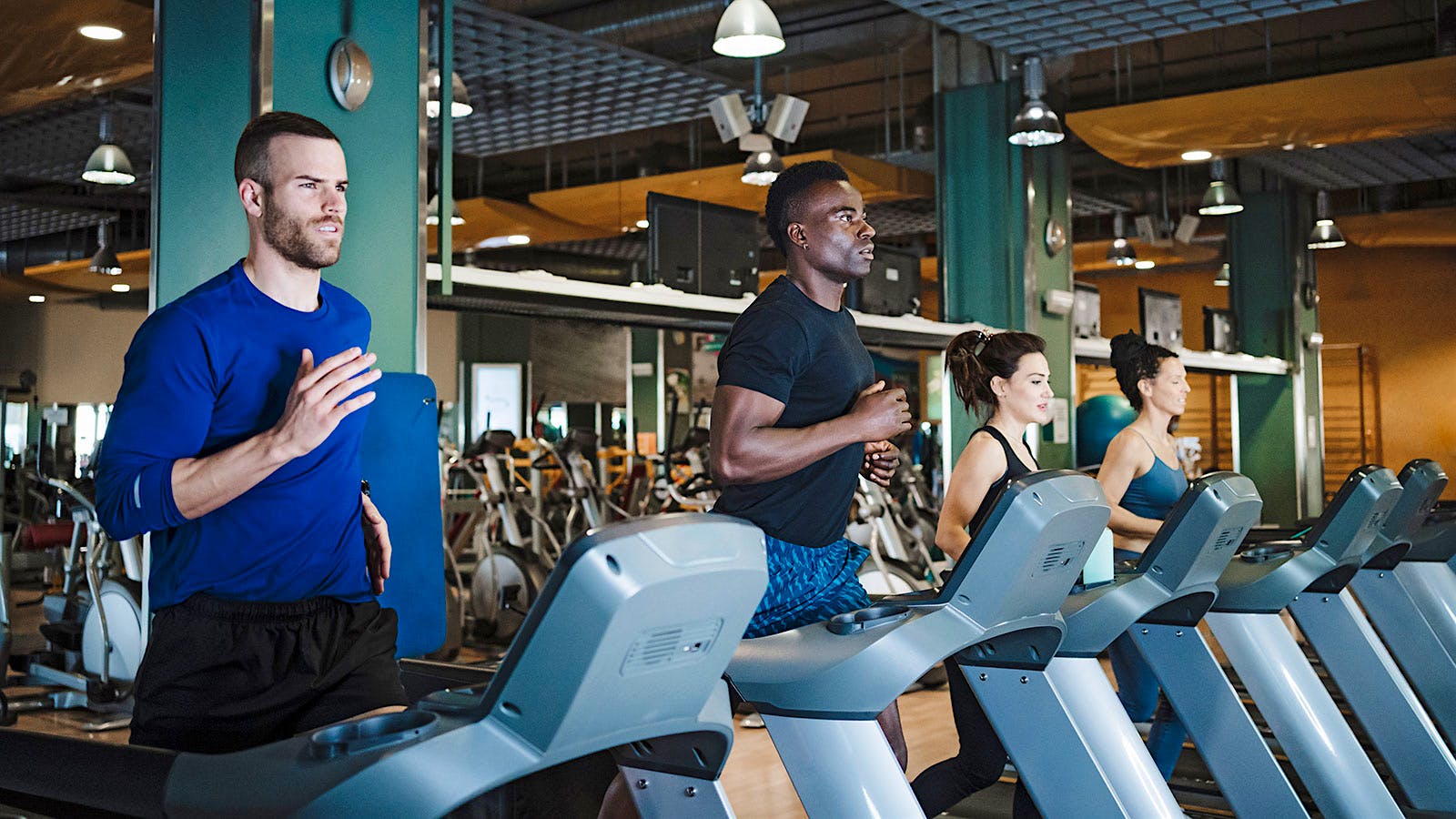Products You May Like
A few hours after a long workout, do you like to reward yourself with a glass of wine? Past research has shown a link between regular exercise, moderate drinking and a longer life, but a new study has found that people who exercise more tend to drink more as well.
The study, published in Medicine & Science in Sports & Exercise, was led by Dr. Kerem Shuval of the Dallas-based research center the Cooper Institute. He and his team surveyed nearly 40,000 participants who enrolled in the Cooper Center Longitudinal Study, comprising patients ages 20 to 86 who visited the clinic for preventive medical examinations between 1988 and 2019. The study’s mean age was 45.9 and about two-thirds of participants were men.
Cardiorespiratory fitness was measured with a maximal treadmill test—participants run on a treadmill while a machine measures how much oxygen they use. Based on the final speed and grade, researchers computed participants’ maximal metabolic equivalent (the amount of oxygen their bodies require during rest). Subjects were then grouped into low, moderate and high fitness groups.
Alcohol consumption was measured via questionnaire, focusing on how many drinks per week participants consumed. (One drink was defined as 12 ounces of beer, 5 ounces of wine or 1.5 ounces of hard liquor). Researchers separated the participants into three groups: light drinking (three or fewer drinks per week), moderate drinking (more than three and up to seven drinks for women and more than three and up to 14 drinks for men) and heavy drinking (more than seven drinks for women and more than 14 drinks for men). In addition, alcohol dependence was measured via a separate questionnaire, aimed at screening for clinically relevant alcohol problems.
The results showed that fitter study subjects were more likely to drink. Women within the moderate fitness category were 1.58 times more likely to drink moderately or heavily in comparison to their low-fitness counterparts, and those classified as high fitness were 2.14 times more likely to drink moderately or heavily. Men in the moderate fitness category were 1.42 times more likely to fall into the moderate or heavy alcohol consumption groups, and high-fitness men were 1.63 times more likely to drink moderately or heavily compared to the low-fitness group.
Despite their higher odds of drinking more, men who were classified as higher fitness were less likely to suffer from alcohol dependency issues. Among male heavy drinkers, low-fitness subjects had a 45.7 percent chance of alcohol dependency, while moderate fitness subjects had a 41.7 percent chance and high fitness subjects had a 34.9 percent chance.
“The study findings indicate that current drinkers with higher fitness levels exhibited an increased tendency for alcohol consumption,” the authors write. “Interventions focusing on increasing fitness might consider concurrently aiming to reduce alcohol consumption.”
The authors add that this relationship between exercise and alcohol could be explained by a psychological mechanism called “licensing effect,” where achieving goals provides a “license” to drink as a reward mechanism. More research is needed to confirm this hypothesis.
One limitation of the study is that participants were self-reporting their alcohol consumption, which can often be subject to inaccurate measurements. (It may be that higher fitness participants felt more comfortable sharing their drinking habits.) Another limitation is that the study population was predominantly white and with high education levels. Further studies would need to look at a more diverse population to see if these results stand up.
Want to learn more about how wine can be part of a healthy lifestyle? Sign up for Wine Spectator‘s free Wine & Healthy Living e-mail newsletter and get the latest health news, feel-good recipes, wellness tips and more delivered straight to your inbox every other week!
